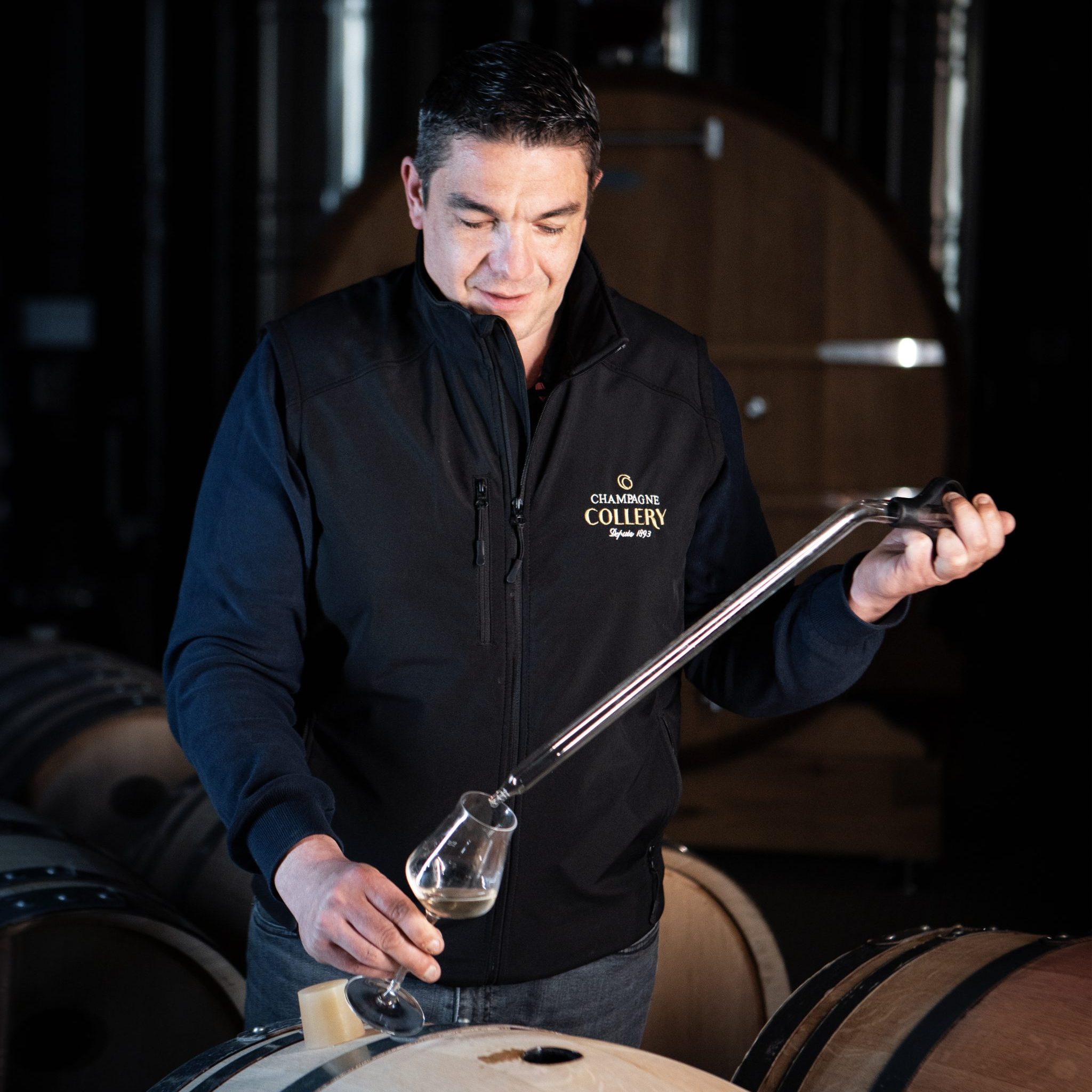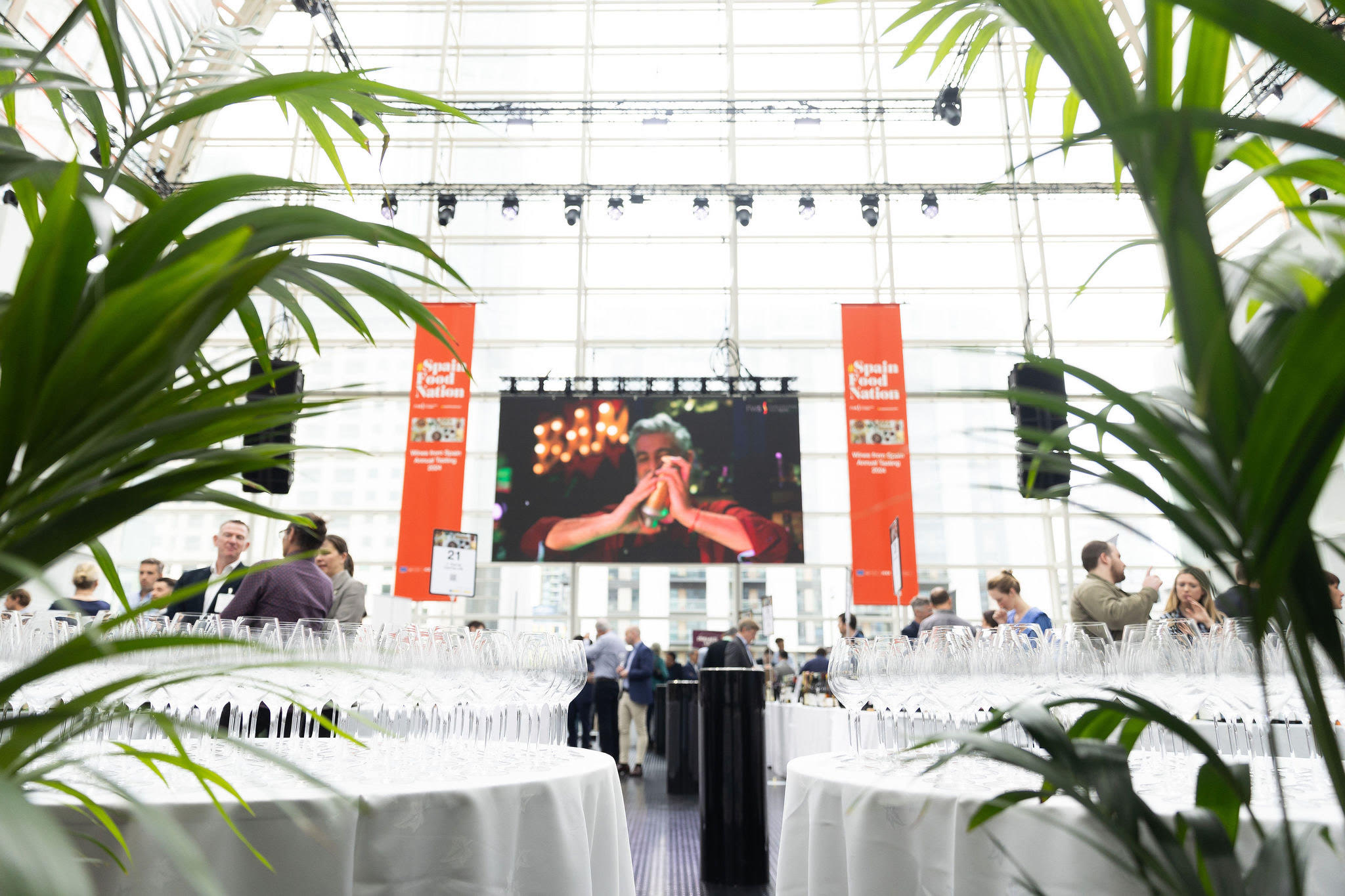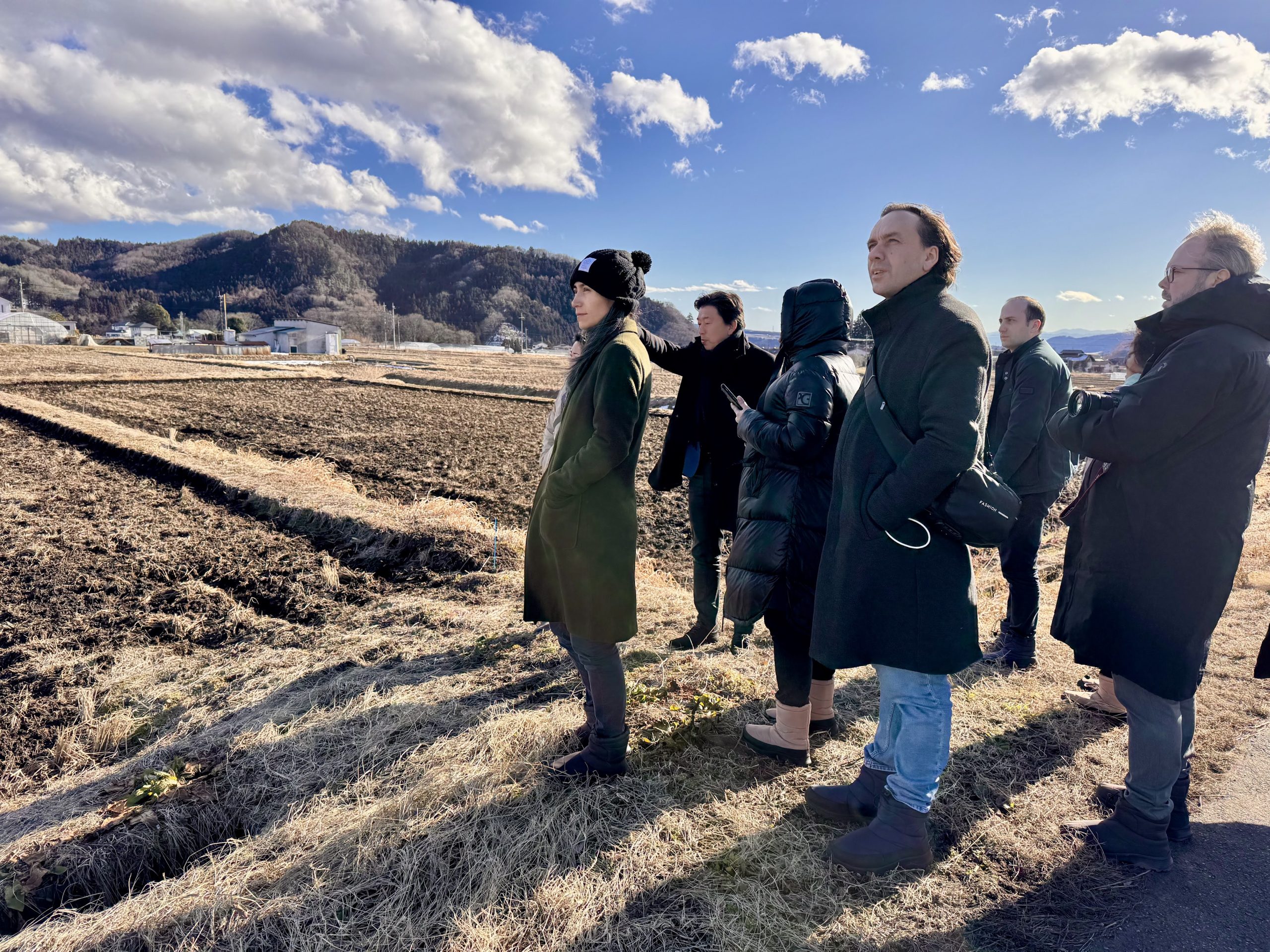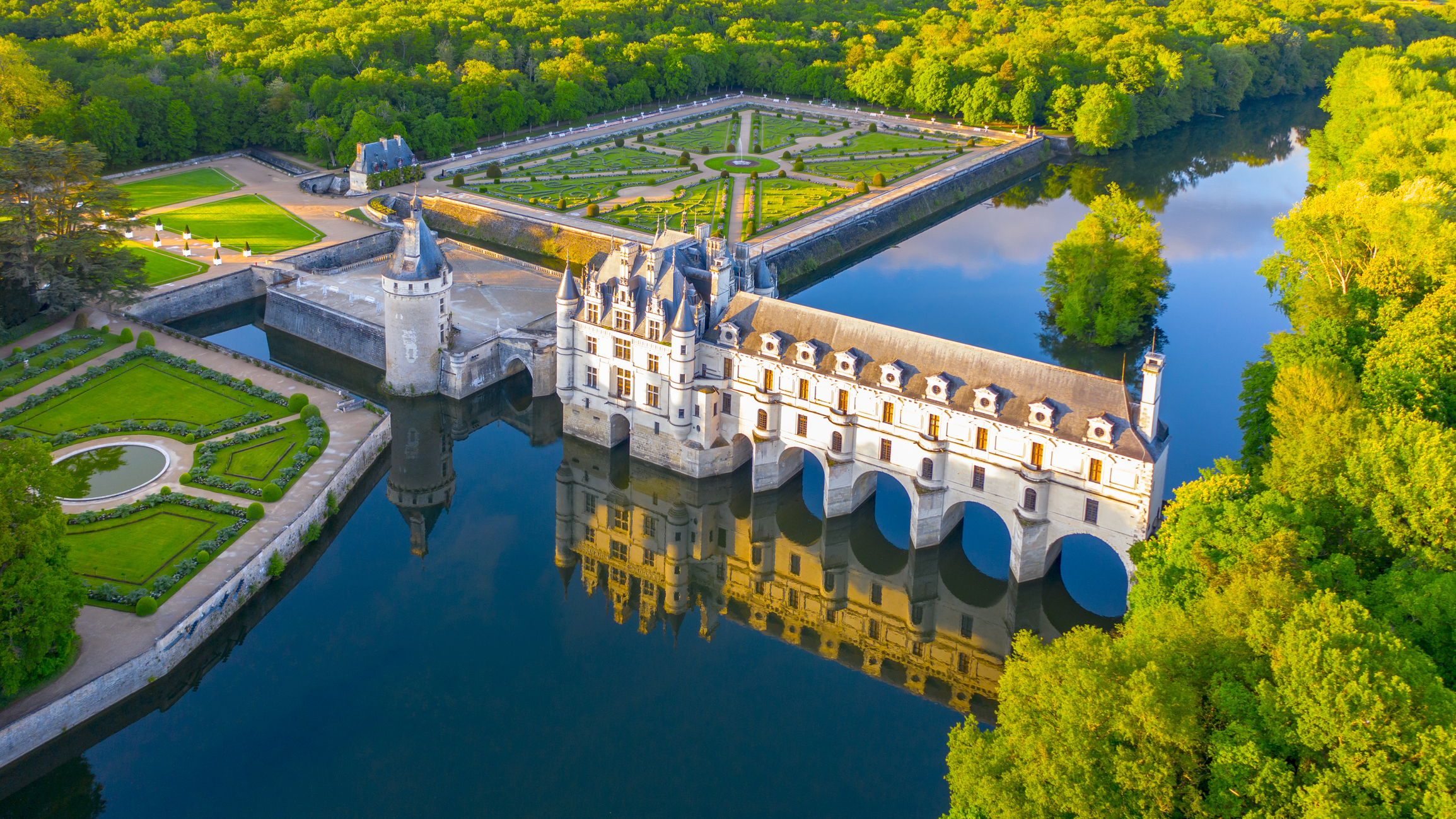LUXURY: LE PIN – Small but perfectly formed
By db staff writerA modest family man, Jacques Thienpont has no plans to enlarge his tiny Château Le Pin vineyard – or to modernise the traditional winemaking techniques of this most sought-after label. By Margaret Rand
Some years ago Jacques Thienpont said to me that if he had a case of Le Pin 1982 he’d swap it for two cases of Vieux Château Certan. I asked him the other day if that were still so. Yes, he said, absolutely; in fact not so long ago he’d swapped three cases of 1981 Le Pin for 10 cases of VCC, and everybody was happy.
Jacques has always seemed to regard the sky-high prices fetched by Le Pin as faintly ridiculous – “excessive” is the word he uses. The 2005 and 2006 both came out at e500 per bottle ex-cellars and, he says, the market likes it because it continues to rise after release. Yes, when he bought the land he expected the wine to be good, but he didn’t expect it to be a cult. And one gets the impression he was looking the other way when it happened.
The story of how he started Le Pin is fairly well documented: Thienpont’s uncle Gérard was running VCC and had his eye on a single hectare of Merlot planted on clay, sand and gravel next to his vineyard. He wanted the family to buy it, but the family said, more or less, “One million francs for that? You’ve got 14 hectares already. What do you want more for?“ So Gérard said to Jacques, okay, you buy it then. “At first I said, ‘my grandfather bought vineyards. Why should I?’” But buy it he did, going thirds with his father and Gérard. And so Le Pin was born.
Jacques, unlike most buyers in Bordeaux these days, was not awash with money. For that first vintage, 1979, he could just about afford a single stainless-steel tank, and he ran the wine into barriques for the malolactic (which nobody did in those days) because there was nowhere else to put it. He couldn’t even afford a concrete floor at first, and he had to invest in equipment – a destalking machine, a pump – gradually, year by year.
Not that he was a newcomer to wine. There are Thienponts all over Bordeaux, and at the time he bought his vineyard Jacques was working in the family négociant business – as, indeed, he still does. If you want to see him you’re far more likely to catch him in his office in Belgium than in Pomerol. Comparing the atractions of the two spots, it’s not difficult to see why.
House proud
His part of Flanders is ravishing – wooded, hilly, all cows and windmills – and then you drive through some gates into a courtyard and there’s the house in front of you – brick, painted white, and with vines trained up and between the windows. From the terrace on the other side the ground falls steeply away to a pond at the bottom of the hill; trees are one of Jacques’ passions, and there are plenty of them. The garden was laid out around 1819, and the house has been in the family since 1612. After 1842, when the négociant business began, the outbuildings were used for bottling; some of the company’s stocks are still kept here. Jacques bought out his siblings in order to have the house, with which he had been in love since childhood, and says it’s thanks to Le Pin that he’s been able to restore it. “Nothing had been done to it for 60 years. The roof needed 14 tonnes of slate from Wales.” He has also bought out his fellow shareholders in Le Pin, except for 16%, which is still owned by his cousin Alexandre, son of Gérard.
He’s still more négociant than proprietor, still more Belgian than Bordelais. “I see Bordeaux from a safe distance here, and they’re all crowding to be on top.” He spends most of his time selling Bordeaux and Burgundy, Port and Sherry to customers in Benelux, Switzerland, Germany and so on, and a large chunk of Le Pin’s production is sold this way. Some 15 to 20% goes to Britain via Richards Walford under a gentlemen’s agreement, and 30% goes to other Bordeaux négociants, which works out at about three or four cases each.
If this doesn’t encourage you in your hopes of stocking your cellar with Le Pin, don’t worry; Jacques doesn’t have much, either. These days he tries to keep about 300 bottles back from each vintage, but in the early days he sold the lot. “I’ve got a bottle of 1982 that Fiona [Morrison MW, alias Mrs Jacques Thienpont] bought me as a Christmas present at an MW auction last year.” But that’s the only one – and he hasn’t tasted the 1982 since he was last in Hong Kong. “I taste more Le Pin at the houses of my friends than in my own house.” Nor is there any second wine to console himself with: “I can take out the vin de presse, but otherwise everything goes in.” There are rare exceptions. “In 1996 I made a selection in the vineyard, and vinified the top and bottom of the slope separately. I rejected two-thirds, and had only 270 to 300 cases of Le Pin.”
Partner Content
Steeped in tradition
The winemaking is still utterly simple: fermentation in steel, malolactic in barriques, all of which come from Seguin Moreau – and that’s pretty much it. The viticulture is unremarkable, too: a yield of about 30 hectolitres per hectare, with 6,000 vines per hectare. (That original hectare has been nearly doubled by the addition of a 30-are former cabbage patch and 65 ares bought from the Pomerol blacksmith.) Alexandre Thienpont, who has now taken over at VCC, keeps an eye on things when he’s not there, and Michel Rolland can be rung if there’s a problem. There has been no chaptalisation for over 10 years, and there is none of the micro-oxygenation and technical wizardry that is commonplace at most Bordeaux châteaux. He wants to make a wine that reflects the terroir and the vintage; it’s as simple as that.
That it reflects it exotically and luxuriantly yet without excess muscle must be due in part to the fact that Jacques is steeped in Bordelais tradition. He has never wanted to associate Le Pin with the over-extracted garagiste mode. And the quality of the terroir, which is exceptional, stops the wine being classified as garagiste, since garage wines, strictly speaking, are from mediocre terroirs where the treatment of the vines and wine are taken to extremes in an attempt to compensate.
“Modest” is the word that people use about Jacques, and it’s what singles him out from most of his fellow proprietors in the big-bucks league. “It’s important to keep your feet on the floor,” he says. Most of all he likes being at home with his family, and he says of the small quantity of Le Pin, “I prefer to be little. It’s nice to be little. I have a good life. If you try to be big you have troubles.” But there is certainly satisfaction in his voice when he notes that Ausone “followed Le Pin’s price for the 2005. But the increase in price on the market was less for Ausone than for Le Pin”.
An eye for investment
There are plans for the future, too. He’s bought a house next door to Le Pin, which he wants to rebuild as “something new, long-term, modern, but small; it’s not the house that makes the wine”. He’s hired the architect who designed the concert hall in Bruges. And he’d also, now that the vineyard-buying bug seems to have bitten, like to buy something else in Bordeaux. As to where – well, he’s open to ideas. “Everybody is looking for properties; I’m only a little fish. It’s not easy.” And like so many people, he wants something that’s currently underperforming.
It’s hard to avoid the feeling, talking to Jacques, that here is a man who’s won the lottery – and yes, it did change his life. If he hadn’t bought that hectare of land he wouldn’t have met Fiona, since it was when she was working for the CIVB in Bordeaux and went to a dinner during the en primeur tastings in 1997 that they met. Now they have two sons, George and William, who speak three languages and can comment intelligently in all of them on the silky, succulent VCC 1989 we have with lunch.
A few other people have also won the lottery with Le Pin. A quick look at the progress of the 1982 shows how well one could have done if only one had had Jacques’ eye for an investment: the ex-cellars price was FF70 (£7.60) per bottle. By 1985 it was selling at Christie’s for £310 a case. By the autumn of 1997 it had soared to £16-18,000 per case; these days full cases of the 1982 are like hens’ teeth, but if one with sound provenance did come up Farr Vintners reckons it might go for £40,000 – or more, or less.
The person who first spotted the quality of the wine – who discovered it, if you like – was a French wine critic called Jacques Luxey, who described it as the Domaine de la Romanée-Conti of Bordeaux. “I thought it was crazy,” says Jacques, with his precise smile. Well, then Parker picked it up, and so did everyone else, and things got a lot crazier. Some critics question whether it’s a wine for very long ageing, but time will tell. In the gradual shake-out of micro-wines Le Pin has joined the classics.
© db December 2007




